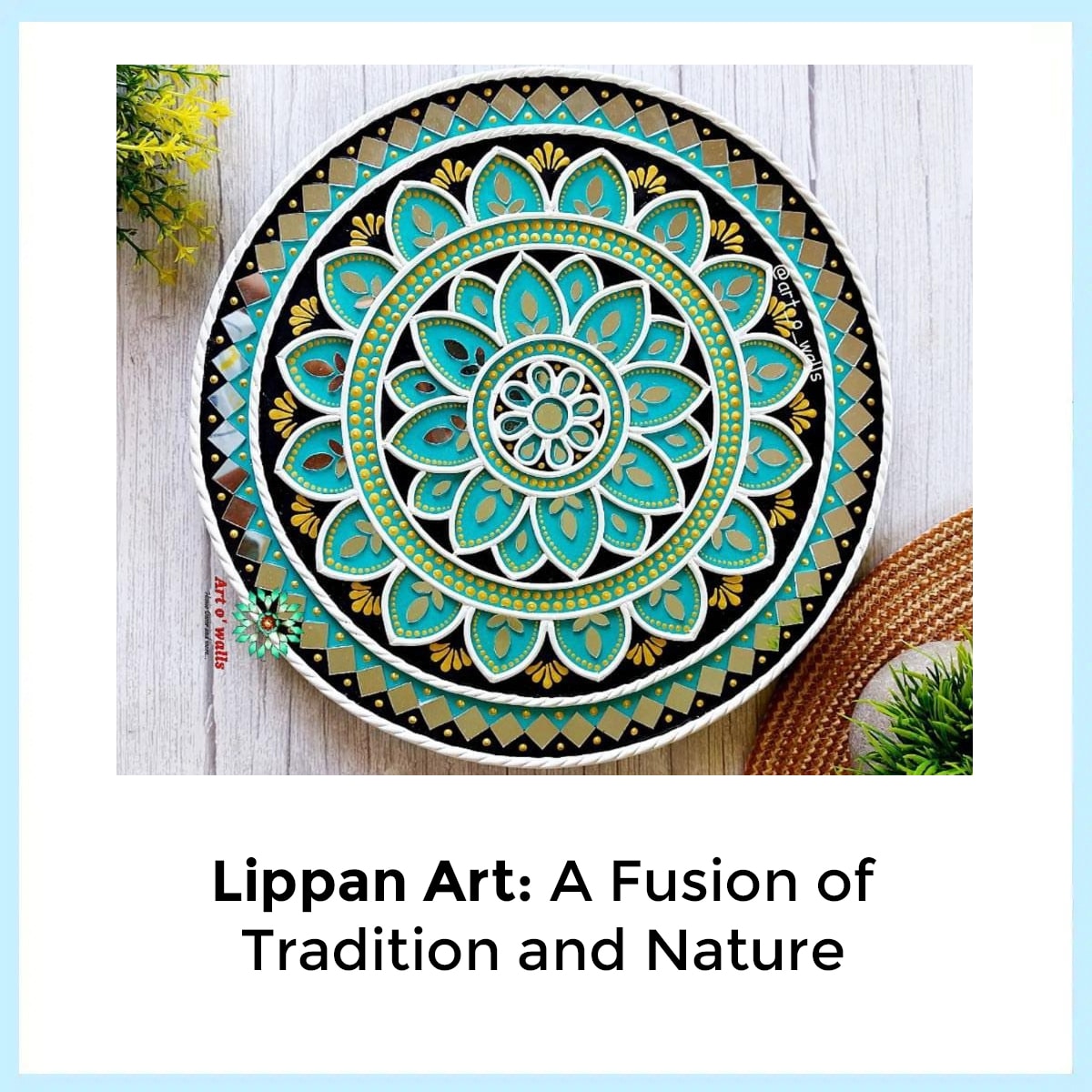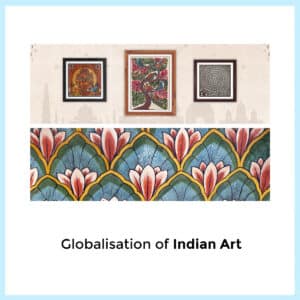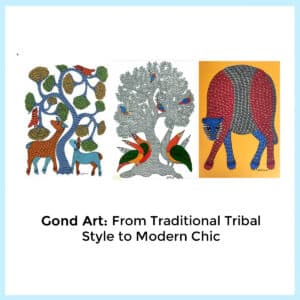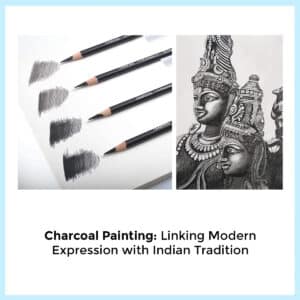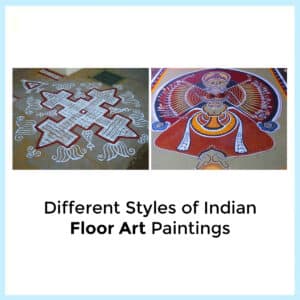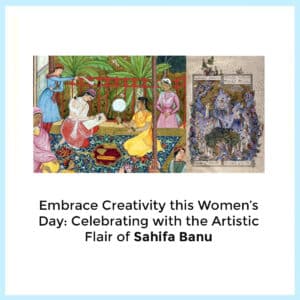There is a mesmerizing art form that honors the wonders of nature while simultaneously celebrating tradition. Gujarat, a state in western India, is the origin of lippan art, which is evidence of this union. It creates magnificent works of art that adorn walls and places with their everlasting beauty by deftly fusing natural elements with cultural history..
Exploring Lippan Art:
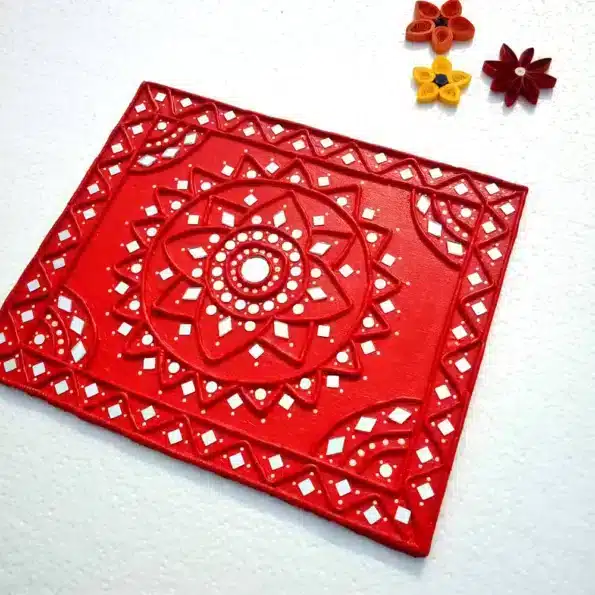
Mud mirror work, or lippan art, is a traditional skill of Gujarat’s rural populations. It is done by the Kutch region. To make elaborate drawings on walls, a mixture of clay, camel dung, and natural adhesive is used. Little mirror bits are incorporated throughout the artwork, adding a captivating shimmer and reflecting light, which is what really makes Lippan art unique.
Influence of Natural Elements:
The main inspiration for painters from the Philippines is nature. Vibrant drawings are brought to life on the earthy tones of camel dung and clay. These organic elements give the artwork a sense of harmony with the surroundings in addition to adding authenticity.

1. The earthy palette
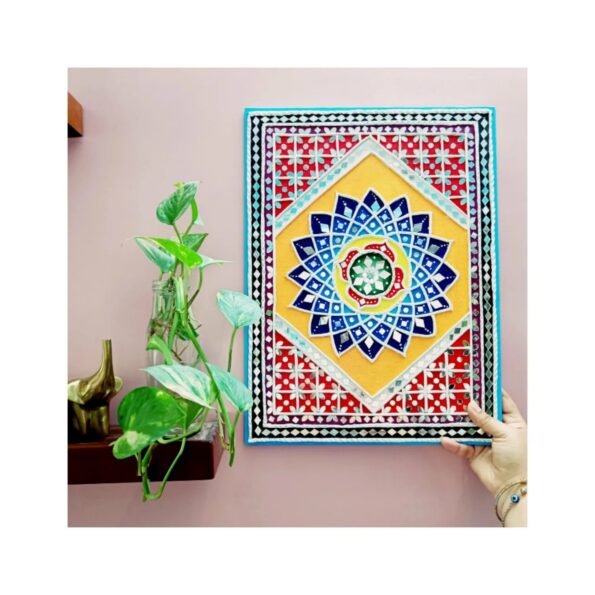
Because clay is used as a basic material, Lippan art has earthy tones that are reflective of the inspiration’s setting. The delicate tones of beige and brown evoke a cozy atmosphere that ties the piece to its rural Gujarati origins.
2. Reflective Beauty
Mirrors are essential to Lippan art because they reflect light and the aesthetic appeal of the surroundings. The artwork’s visual attractiveness is enhanced as sunlight plays with the mirrored surfaces, creating an enthralling combination of highlights and shadows.
3. Natural Themes
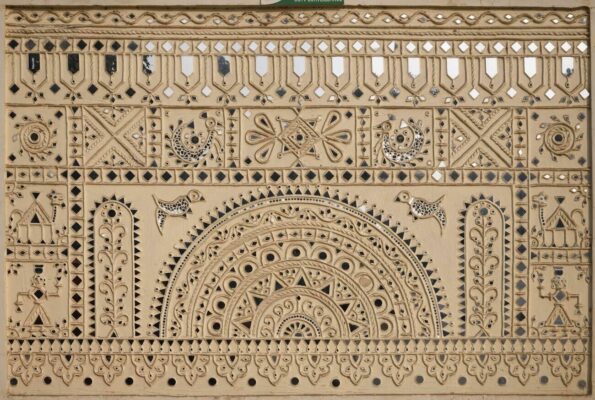
Lippan art is influenced by the local flora and fauna, and it frequently has elaborate themes that show flowers, animals, and geometric patterns. These natural components give the artwork a feeling of energy and a sense of connection to the natural world while paying tribute to Gujarat’s abundant biodiversity.
Preserving Tradition, Embracing Innovation
While Lippan art is deeply rooted in tradition, contemporary artists are finding innovative ways to reinterpret this ancient craft. From experimenting with new color palettes to incorporating modern design elements, these artisans are breathing new life into a centuries-old tradition while staying true to its cultural significance.

Lippan art is a brilliant illustration of how tradition and environment may coexist peacefully. It serves as a reminder of the continuing ability of art to transcend boundaries and link us to the world around us. With its rich cultural background and timeless beauty, it continues to enchant audiences worldwide.


